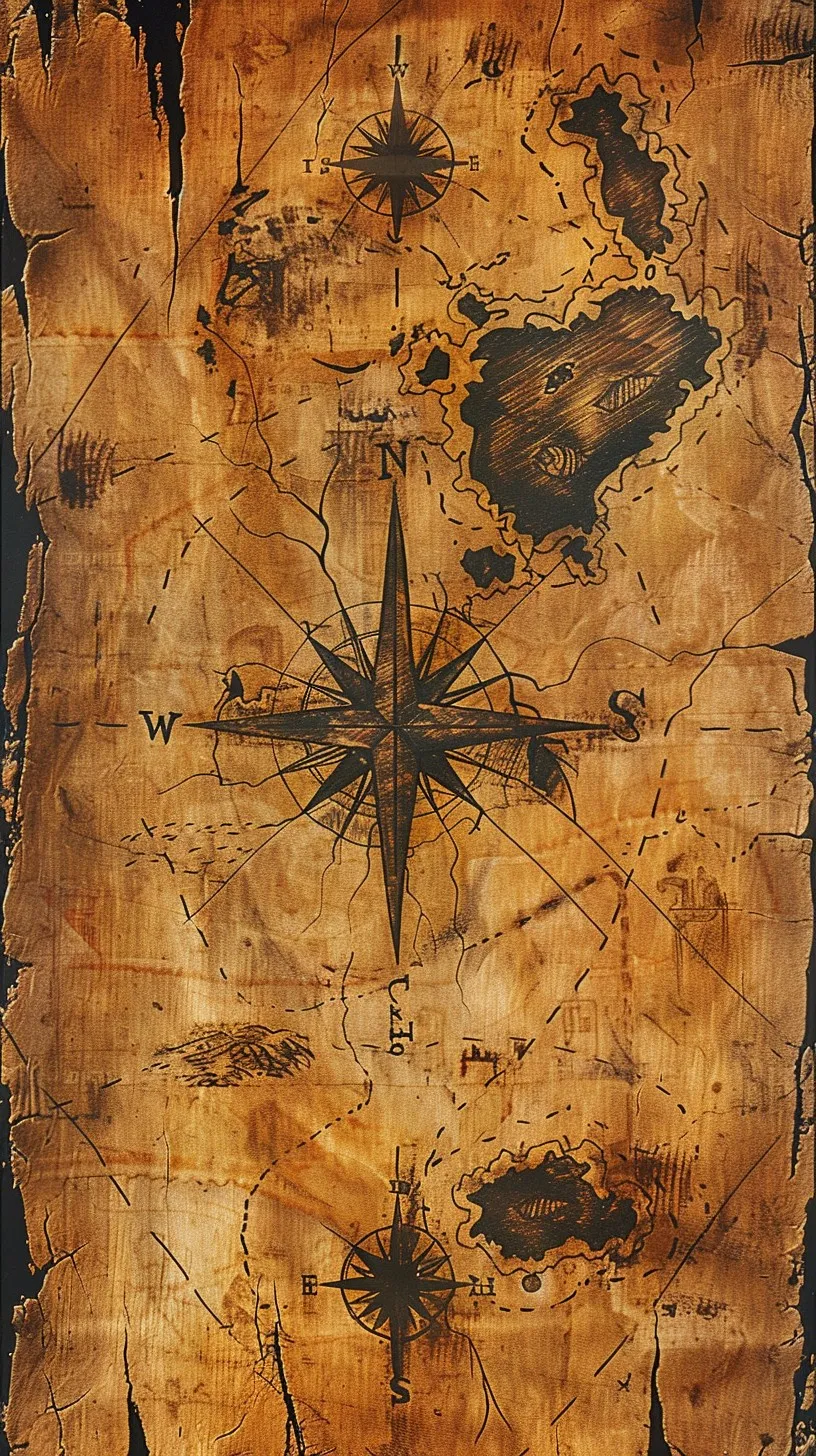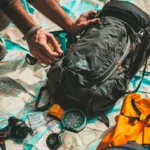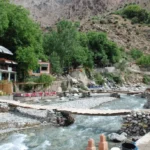Traveling with a paper map in Morocco can be a rewarding experience, allowing you to immerse yourself in the country’s landscapes and navigate without relying on electronic devices. Here’s how to make the most of it:
1. Choose the Right Map
- Detail Level: Ensure your map is detailed enough for the regions you plan to visit. For rural or mountainous areas, a map with topographical details might be useful.
- Language: Maps in French are common in Morocco, but English versions may be available in tourist shops.
- Source: Consider buying a map from a local bookstore, tourist information center, or online from reputable sources.
2. Plan Your Route
- Research: Before you leave, study the map and outline your route. Note major cities, landmarks, and key roads.
- Landmarks: Identify significant points of interest and major intersections to help orient yourself.
3. Understand Local Geography
- Landmarks: Morocco has diverse landscapes, including mountains, deserts, and coastal areas. Familiarize yourself with these features to aid in navigation.
- Road Conditions: Be aware that some roads may be less maintained or challenging to navigate. Rural areas might have fewer road signs.
4. Navigation Tips
- Orientation: Use natural landmarks and the sun to help orient yourself. The Atlas Mountains and the Sahara Desert are useful reference points.
- Compass: Carry a compass for additional navigation assistance, especially if you’re exploring remote areas.
- Road Signs: Road signs in Morocco are typically in Arabic and French, so understanding these languages or having a translation guide can be helpful.
5. Ask for Directions
- Local Knowledge: Don’t hesitate to ask locals for directions. Moroccans are generally friendly and willing to help.
- Phrases: Learn a few basic phrases in Arabic or French to facilitate communication.
6. Stay Safe
- Travel Advisory: Keep updated on any travel advisories for the areas you plan to visit.
- Emergency Info: Have a plan for emergencies, including knowing the location of the nearest medical facilities or embassies.
7. Backup Plans
- Digital Backup: If possible, have a digital backup of your map on a device, just in case. This can be helpful if your paper map gets damaged or lost.
- Local Maps: Pick up local maps or brochures from tourist centers along your route for more detailed information.
8. Enjoy the Journey
- Flexibility: Be prepared for unexpected detours or changes in plans. Part of the adventure is discovering new places and meeting new people.
- Documentation: Consider keeping a travel journal or taking photos of your route and destinations for future reference.
By being well-prepared and adaptable, using a paper map in Morocco can enhance your travel experience and give you a deeper connection to the places you visit.



